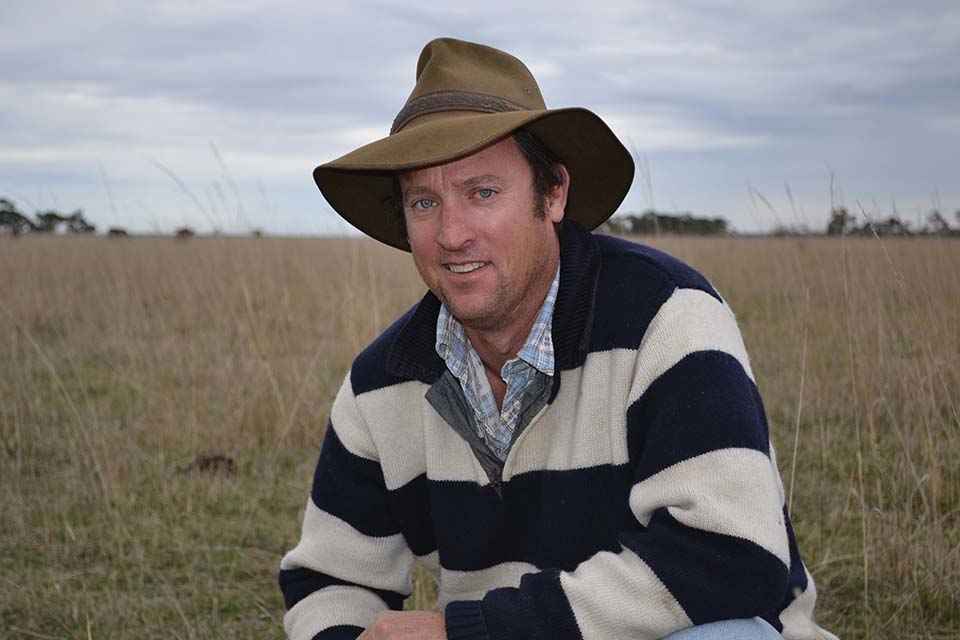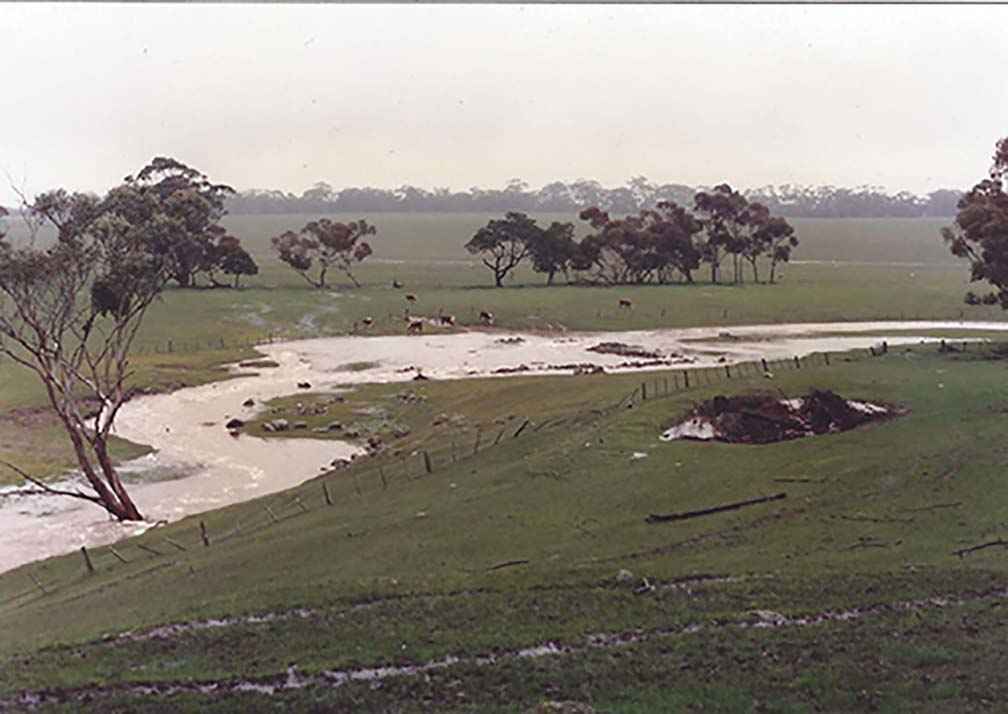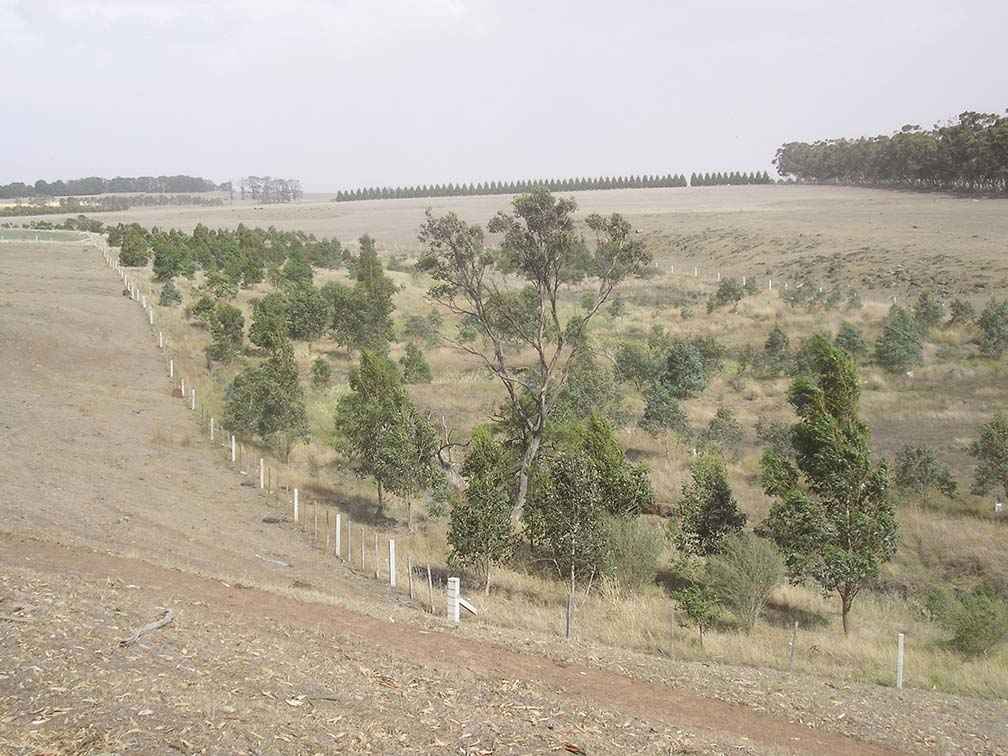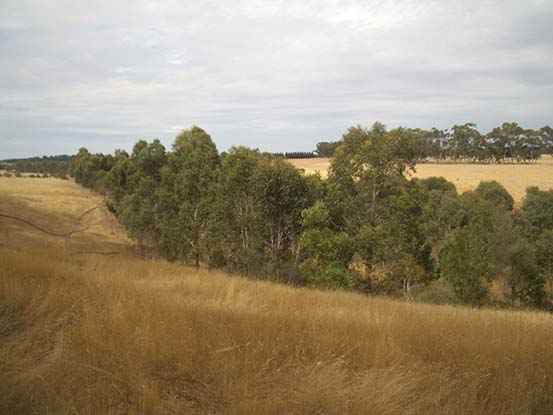Victorian Landcare Magazine - Spring 2016, Issue 67

The Woady Yaloak Catchment Project got underway in 1993 through a collaboration of four Landcare groups, Alcoa Australia, the VFF and Greening Australia. Twenty-three years and $10.8 million dollars later, the project has more than 150 members who manage nearly 60 per cent of all the private land in the 120,000-hectare catchment.
Despite numerous challenges brought about through variable climate, commodity prices and funding, the project has not
only remained at the forefront of Landcare, but has achieved measureable improvements in vegetation cover, waterway condition and farm productivity.
According to Kevin Knight, the inaugural chairman of the project, a set of foundation principles has provided important guidance.
“The first principle was recognising that
to make lasting landscape change requires the majority of landholders to participate over many years. Designing programs
and activities that encourage as many people as possible to ‘have a go’ and remain involved would be the only way
to achieve the amount of work required.
“The second principle was to understand the link between productivity and natural resource management. In a catchment dominated by agriculture, farm profitability would greatly influence environmental action, especially when it was expected that participants would make both a cash and in-kind contribution,” Kevin said.

Above: Spring Creek in 1996, before works commenced.
The term, ‘productive catchment management’ became the catchphrase of the project.
The final principle was the need for continuous and transparent planning, monitoring and evaluation. This has required five-year action plans and annual planning meetings.
Keeping track of progress has included the use of Geographic Information Systems (GIS) to record every project, producing annual reports of activities and expenditure; conducting 10-year outcome surveys that focus on catchment-wide changes in soils, waterways, vegetation, birdlife and farm profitability; and participant knowledge, skills and attitudes.
“The term, ‘productive catchment management’ became the catchphrase of the project.”
Mt Mercer farmer Danny Laffan was the chairman of the project from 2008 to 2015. Danny believes that partnerships have been critical for the project’s success.
“Maintaining a positive relationship with landholders is everything because nothing gets done unless they are willing to participate, no matter how much funding we have. If we have landholders on board then generally we can find a way to get things done,” Danny said.
Landholders have contributed more than 50 per cent of the $10.8 million invested in the group’s projects since 1993.
Approximately 30 per cent of total project funding has come from federal, state and local government, as well as the Corangamite CMA. A further 13 per cent has been through private sponsors, philanthropy, universities and agricultural industries.
According to Danny, long-term relationships with partners are most important.
“We have been fortunate to have had 15 years with Alcoa and now 16 years with Golden Plains Shire. To make lasting change takes time and ongoing commitment,” he said.

Above: Spring Creek in 2006, eight years after planting.
Retaining staff has also contributed to project stability. I’ve been involved as facilitator from the outset, with part time assistance from Jennifer Clarke and Helen Sharpe since 2000.
Another ingredient for success has been the constant desire to innovate, trying new things to make participation exciting and relevant. While there will always be the ongoing Landcare issues such as rabbit, fox and weed control, treating erosion and salinity, revegetation and waterway protection, doing new things has kept the project interesting.
The group was the first to develop a low cost GIS system in 2000 and then set up a not-for-profit company called ‘Landscapes for the Future’ to support other Landcare groups and networks with project planning and recording.
The group has been innovative with how project planning and engagement should be done to make community involvement simple and appealing. For ten years a program that fostered farm activity across boundaries was successfully run.
Major pasture improvement, grazing management and trialling of alternative fertilisers and a biological products project have also been undertaken. The group is currently partnering with Southern Farming Systems in lime, cover cropping and fodder rotation trials.
Exciting development opportunities with the Centre for eResearch and Digital Innovation have also been pursued including an interactive planning portal, project website, and development of computer and phone apps to draw together historic soil test information.
Currently the group and the Corangamite CMA are developing a Horsecare through Landcare program for small block owners and are a pilot area for the Women in Farming program. Both programs will be made available to other networks in the region.

Above: Spring creek eight years later, in 2014.
New chairman Evan Lewis believes the future for Landcare is bright, but the movement needs to think about the next generation.
“For three decades Landcare has been an incredible success, but I think we are nearing a point of needing generational change.
“People will remain at the centre of Landcare, but how can we better structure our engagement and support to ensure it still remains relevant in the next 20 years, given people are time-poor, there are new technologies available and community expectations are shifting?”
According to Evan, it’s a challenge that the Woady Yaloak Catchment Project is up for.